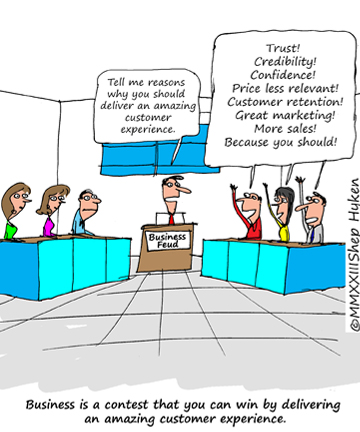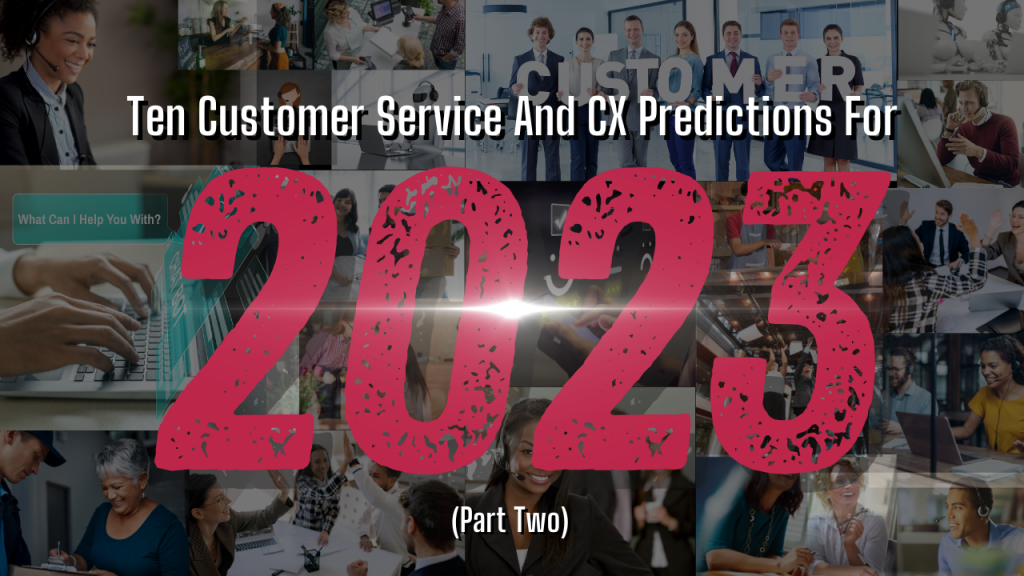
GUEST POST from Shep Hyken
The other day I was having breakfast with 11 of my friends. The server came over, introduced herself, and said, “I’ll be taking care of you.” She took our orders, and a few minutes later, a different server dropped off three of our meals. Then, two more servers brought a few more meals a moment later, and another server showed up just after that with the rest of our meals. It wasn’t until after all the meals were served that our original server came over to ask if everything tasted great.
Was it this server’s job to simply take our orders and let others do the work? No!
I observed all of the people who brought us our meals. They also had other tables to attend to. And, I noticed that our server was dropping food off at different tables.
Different restaurants may have different processes, but in this one, the food is prepared, plated and set on a counter with heat lamps. Once the food is ready, it doesn’t matter whose table the food is for, whoever is available to take the hot food out immediately becomes responsible for the meal.
I liked what I was seeing. The employees recognized that customer service is a team sport. It’s everyone’s job to make sure the customers leave happy.

Unfortunately, I’ve also witnessed the opposite at a restaurant. The food is set out on the counter, but the server responsible for it is busy taking care of another table. So, the food just sits there while other employees ignore it – because it’s not for one of “their guests.” Talk about a lack of team spirit!
Another example of this lack of team spirit is something I once saw at an airport. A baggage handler was driving a load of bags out to an airplane, and one of them fell off. I watched as numerous other baggage handlers drove by it. They would slow down, look at the bag sitting there by itself on the tarmac and then drive away. At least a half-dozen employees drove by the bag and did nothing. I’m pretty sure that the passenger arrived at their destination and was disappointed when their luggage didn’t show up at the baggage carousel.
The point of these examples is that everyone must take care of the customer, regardless of who the customer “belongs” to. If they see that something isn’t right, they shouldn’t just ignore it like the baggage handlers did.
Lately, I’ve resurrected a concept I used to cover in keynote speeches: every employee has at least two jobs. The first is to do the job they were hired to do. The second is to take care of the customer. When all employees understand that, the customer will most certainly have a better experience.
Image Credit: Shep Hyken, Pixabay
![]() Sign up here to join 17,000+ leaders getting Human-Centered Change & Innovation Weekly delivered to their inbox every week.
Sign up here to join 17,000+ leaders getting Human-Centered Change & Innovation Weekly delivered to their inbox every week.









 Drum roll please…
Drum roll please…